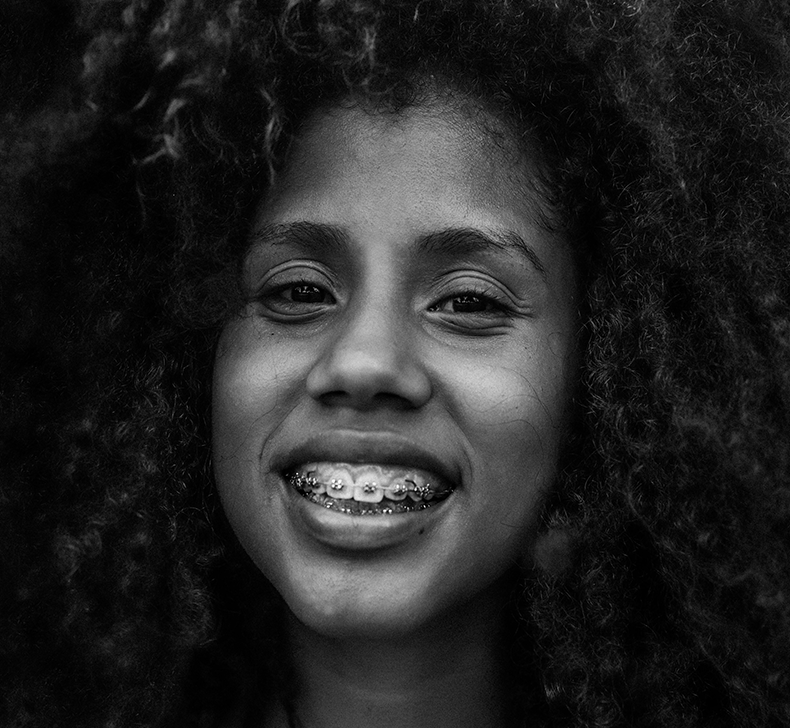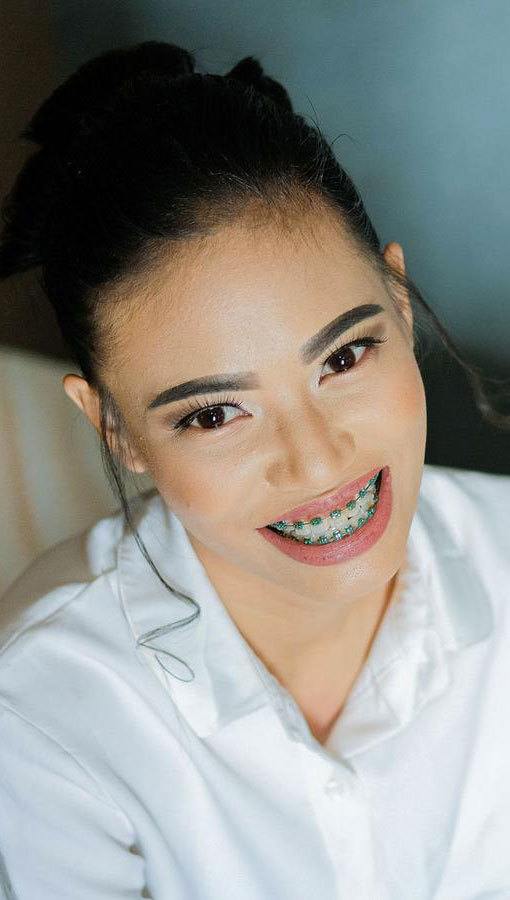ORTHODONTICS
Orthodontics is a particular branch of dentistry that studies the different anomalies, the development and the position of teeth and jaw bones. Performed exclusively by dentists and specialists in orthodontics, its aim is to prevent, eliminate or reduce such anomalies and maintain or restore the mastication organs and the facial profile in the most correct position.
The orthodontic practice consists basically of two types of therapy, which can be consequential.
Mobile orthodontics
It is carried out with removable devices of various shapes that can be easily removed by the patient. Mobile orthodontics is often the first phase of the treatment and it is used in order to widen or narrow the palate, to correct the bite or as a restraint. Sometimes it is necessary, in order to remove the teeth that impede the alignment or the articulation of the other teeth and the correct dental-facial position.


Fixed orthodontics
It is performed through the design and application of different types of appliances:
- Active devices: they act directly with their strength when they are activated (e.g. devices with screws, arches, springs, etc.)
- Passive devices: they exploit the masticatory forces, since they are inactive (e.g. vestibular plate, inclined plane, etc.).
Invisalign (invisible aligners)
The transparent alternative to traditional fixed appliances. It is an innovative technique but already consolidated by many years of utilization.
Learn Invisalign >
Ortodonzia preprotesica
È un trattamento che rende più agevole una protesizzazione in caso di denti che risultano non adeguatamente allineati. In seguito a questo trattamento, di solito semplice e veloce, sarà molto più facile la realizzazione di un ponte o l’inserzione di un impianto.
Chirurgia ortodontica
Nei casi più complessi, quando il semplice trattamento ortodontico fisso non è sufficiente, per riportare il massiccio facciale (osso mascellare e mandibola) nei corretti rapporti si procede alla chirurgia ortognatica. Prima però è sempre necessaria una terapia ortodontica fissa pre-chirurgica, che allinea i denti in relazione allo spostamento che subiranno le strutture ossee. La chirurgia ortognatica è indicata anche per risolvere altre patologie come: morso aperto (impossibilità a chiudere i denti), mandibola piccola e mento arretrato, prognatismo con morso inverso, “sleep apnea” e tutte le difficoltà respiratorie durante il sonno e i russamenti prodotti da una mandibola piccola o retroposta, asimmetrie facciali e mandibolari, incapacità a chiudere le labbra senza sforzo, difficoltà a mordere e a masticare, difficoltà a deglutire e a parlare, dolori cronici alla mandibola e cefalee.
OPENING HOURS
- Lunedì :9.00 - 19.00
- Martedì :9.00 - 19.00
- Mercoledì :9.00 - 19.00
- Giovedì :9.00 - 19.00
- Venerdì :9.00 - 19.00
BOOK A CONSULTATION
